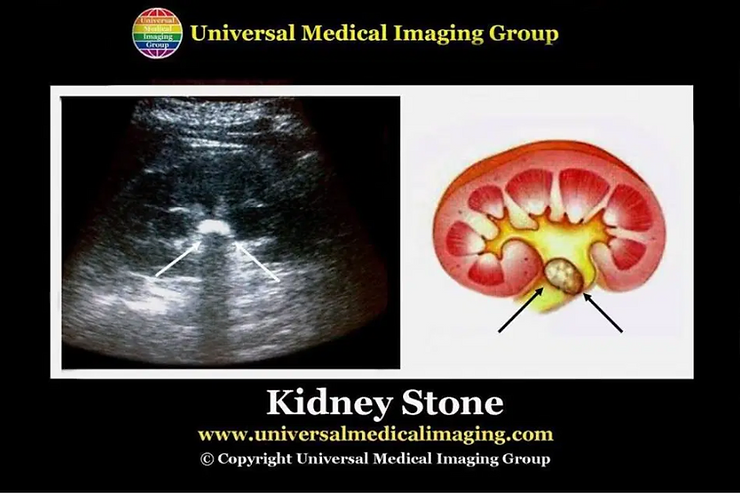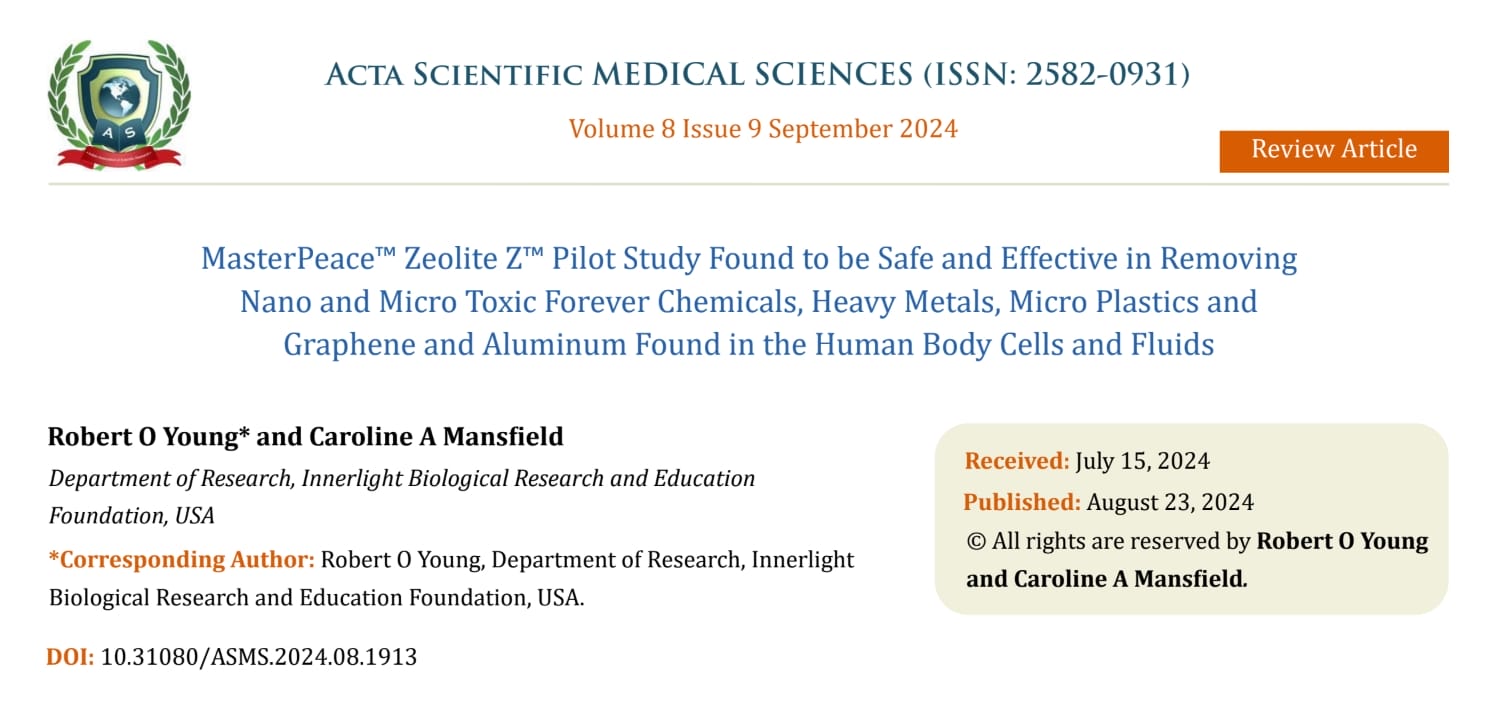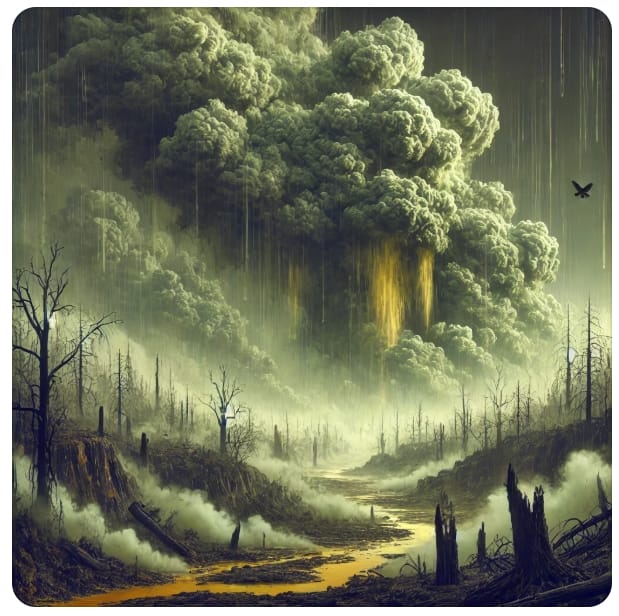WHAT CAUSES KIDNEY STONES AND HOW TO REMOVE THEM NATURALLY?

The kidneys are one of the most important organs in the human body. The kidneys help to detox and filter impurities from the blood, as well as waste products from your urine.
A kidney stone, also known as a renal calculus is a solid concretion or crystal aggregation formed in the kidneys from dietary minerals and acid salts.

Urinary stones are typically classified by their location in the kidney (nephrolithiasis), ureter (ureterolithiasis) or bladder (cystolithiasis) or by their chemical composition (calcium-containing, struvite, uric acid, or other compounds). Kidney stones vary in size. A small stone may pass on its own, causing little or no pain. A larger stone may get stuck along the urinary tract and can block the flow of urine, causing severe pain or bleeding.
Men are affected more often than women. Overweight and obese people are more likely to get a kidney stone than people of normal weight. People who do not drink enough alkaline water (1 liter per 30 pounds of weight) may be at higher risk, as their urine is more concentrated.
The urinary tract is the body’s drainage system for removing wastes and extra water. The urinary tract includes two kidneys, two ureters, a bladder and a urethra. The kidneys are two bean-shaped organs, each about the size of a fist. They are located near the middle of the back, just below the rib cage, one on each side of the spine. Every day kidneys process about 200 quarts of blood to produce about 1 to 2 quarts of urine, composed of wastes and extra water. The urine flows from the kidneys to the bladder through tubes called ureters. The bladder stores urine until releasing it through urination. When the bladder empties, urine flows out of the body through a tube called the urethra at the bottom of the bladder.

Kidney stones typically leave the body by passage in the urine stream, and many stones are formed and passed without causing symptoms. If stones grow to sufficient size (usually at least 3 millimeters (0.12 in)) they can cause obstruction of the ureter. Ureteral obstruction causes hydronephrosis (distension and dilation of the renal pelvis and calyces). This leads to pain, most commonly felt in the flank (the area between the ribs and hip), lower abdomen, and groin (a condition called renal colic). Renal colic can be associated with nausea, vomiting, fever, blood in the urine, pus in the urine, and painful urination. The diagnosis of kidney stones is made on the basis of information obtained from the history, physical examination, urinalysis. The best visual Diagnostic test without radiation is Ultrasound examination which may detect the size and position of the stone.
People who are at increased risk of kidney stones are those with:
– hypercalciuria, a condition that runs in families in which urine contains unusually large amounts of calcium; this is the most common condition found in those who form calcium stones – cystic kidney diseases, which are disorders that cause fluid-filled sacs to form on the kidneys – hyperparathyroidism, a condition in which the parathyroid glands, which are four pea-sized glands located in the neck, release too much hormone, causing extra calcium in the blood – renal tubular acidosis, a disease that occurs when the kidneys fail to excrete acids into the urine, which causes a person’s blood to remain too acidic – cystinuria, a condition in which urine contains high levels of the amino acid cystine – hyperoxaluria, a condition in which urine contains unusually large amounts of oxalate – Chronic diseases such as diabetes and high blood pressure (hypertension) are also associated with an increased risk of developing kidney stones. – hyperuricosuria, a disorder of uric acid metabolism – gout, a disorder that causes painful swelling of the joints – blockage of the urinary tract – chronic inflammation of the bowel – a history of gastrointestinal (GI) tract surgery – diuretics—medications that help the kidneys remove fluid from the body – calcium-based antacids – the anti-seizure medication topiramate (Topamax)
People can help prevent kidney stones by making changes in their alkaline fluid intake. Depending on the type of kidney stone a person has, changes in the amounts of sodium, animal protein, calcium, and oxalate consumed can also help. Drinking enough alkaline fluids each day (4 to 6 liters a day) is the best way to help prevent most types of kidney stones.
Natural Remedies for Kidney Stones
– Change in Diet
Unhealthy acidic food intake is a primary cause of kidney stones. Highly acidic diets tend to create an environment which encourages kidney stones, while more alkaline diets help prevent these kind of deposits. Soft drinks, alcohol, products containing corn syrup and most forms of animal protein have an acidic effect on the body.

Some fruit and vegetables have a more alkaline effect, while others are more acidic.

– Lemon Juice, Olive Oil

Kidney Stones are among the most painful conditions you can have. About 80% of kidney stones are the type known as calcium stones. Normal calcium in the body when combined with oxalate, phosphate, or carbonate can form a stone.
According to John Milner, a urology expert from the Loyola University Chicago Stritch School of Medicine, lemons and other citrus fruits contain chemicals that can help prevent against the development of kidney stones. Lemons have the highest concentration of citrate of any citrus fruit which can naturally inhibit kidney stone formation.Lemons can raise the citrate levels in urine which helps to protect you against calcium stones. The olive oil provides lubrication for easier passage through the urinary tract.
Ingredients
2 ounces of organic Olive Oil
2 ounces of organic Lemon Juice
2 Drops of Lemon Essential Oil
Mix everything together and drink. Make sure to follow it with 12 ounces of 9.5 alkaline water, and then drink plenty of alkaline water throughout the day. Take this mixture up to 3 times a day. . Wait 30 minutes and repeat every hour until symptoms improve.
– Uva Ursi
Uva Ursi is a common folk remedy for kidney stones. Not only will it help fight off infection in the kidneys, but it may also help reduce pain and cleanse the urinary tract. 500mg three times a day is recommended for kidney stones.
– Dandelion Root
Organic dandelion root is a great kidney tonic and cleanser. Taking up to 500 mg twice a day may be beneficial.
– Kidney Beans
The shape of this bean may be indicative of its healing potential. Try removing the beans from inside the pods, and then boil the pods in purified hot water for six hours. This liquid can be strained through cheese cloth, cooled and taken throughout the day for one day to ease kidney stone pain. – Horsetail A diuretic, horsetail tea is an effective natural remedy for kidney stones. Drink up to 3-4 cups of horsetail tea daily or 2 grams of the herb in capsule form daily.
– Pomegranate Juice
Eat organic pomegranates and drinking freshly-squeezed pomegranate juice.
– Cranberry Juice
Unsweetened Cranberry juice is a very beneficial for urinary tract health.
– Magnesium
Studies show that people with recurrent kidney stones who took magnesium supplements had a 92.3 percent improvement rate in reduction of kidney stones.
– Organic Celery Seed
Celery in vegetable form and celery seed are great diuretics and kidney tonics. Regular use of celery seed, as a spice or as a tea, may prevent kidney stone formation.
– Basil
A kidney tonifier, basil tea can be taken throughout the day for overall kidney health. If you have kidney stones, try taking one teaspoon each of basil juice daily for up to six months. It’s believed that folk remedies with pure basil juice can help induce stone expulsion from the urinary tract.
Ultrasound Trumps CT Scan for Diagnosing Kidney Stones in Study
(HealthDay News) — When diagnosing kidney stones, using ultrasound instead of CT scans reduces costs as well as patients’ exposure to radiation, according to new research.
A separate study also found that people with type 2 diabetes who maintain tight blood sugar control can lower their risk for developing kidney stones — small, solid deposits that form in the kidneys.
“Enhancing patient safety and lowering incidence of disease in higher-risk patients are major priorities within the medical community,” said Dr. Margaret Pearle, professor of urology at the University of Texas Southwestern Medical Center in Dallas. “Understanding how to prevent kidney stones combined with further evaluation of the methods used to detect and treat them can only increase the quality of care we strive to deliver patients every day,” she said in an American Urological Association news release.
When kidney stones are suspected during an emergency room visit, patients usually undergo imaging to rule out other conditions and confirm the diagnosis. Although use of CT scans has risen, data compiled from 15 U.S. medical centers revealed that when it comes to patient results, CT scans are no better than ultrasound, the researchers found.
The study involved nearly 2,700 patients, ranging in age from 18 to 75 years. The patients who had symptoms of kidney stones were randomly assigned to receive either an ultrasound or a CT scan as their first diagnostic test. The researchers also examined the number of serious negative events that occurred within 30 days and the number of patients who returned to the emergency room or were hospitalized.
No significant differences emerged in terms of adverse events. Of the patients examined, about 11 percent who had a CT scan experienced a serious negative event, compared to about 12 percent who received an ultrasound from an emergency room doctor. Negative events also affected nearly 11 percent of the patients who had an ultrasound performed by a radiologist.
The researchers also compared patients’ overall radiation exposure and the costs of imaging tests over a six-month period.
The study found that CT scans exposed patients to much more radiation than ultrasound, potentially raising cancer risk. CT scans were also more expensive.
The study was presented at the annual meeting of the American Urological Association, which concluded Wednesday in Orlando, Fla.
Meanwhile, a separate study conducted by researchers at the Cleveland Clinic in Ohio found that people with type 2 diabetes who maintained normal blood sugar levels were at lower risk for developing kidney stones than those who did not keep their blood sugar levels in check.
In conducting the retrospective study, researchers examined information on 1,831 patients with type 2 diabetes who also had kidney stones. Factors they considered included participants’ age, gender, medications, and whether or not they used insulin.
Based on their medication, the participants were divided into two groups: the insulin group and the diabetes pill group. The study found that insulin injection therapy — which is needed in more severe cases of diabetes — is linked with higher levels of acid in the urine than diabetes medications. Therefore, the researchers said, managing diabetes and keeping blood sugar levels within normal levels can lower the risk for kidney stones.
Studies presented at meetings are typically considered preliminary until published in a peer-reviewed medical journal.
SOURCE: American Urological Association, news release, May 17, 2014

Read more: https://phoreveryoung.wordpress.com and www.drrobertyoung.com
Follow us: @drrobertyoung on twitter and The pH Miracle Fan Club on Facebook
The Cure for Cancer? That’s an easy question to answer! The Cure for Cancer is Found in its Prevention NOT in its Treatment! – Dr. Robert O. Young
Do you know what rotten apples, grapefruit or bananas look like? If you do then you know what cancer cells look like. Cancer cells are nothing more that healthy cells that are spoiling because of a compromised environment! Look at the picture below and you will see colorized cancerous body cells rotting in their toxic acidic environment.
What compromises the internal environment of a human body that causes body cells to begin spoiling and rotting? The answer is simple! The body’s build-up of acidic metabolic and dietary waste that has not been properly eliminated through the four channels of elimination – urination, defecation, respiration and perspiration!
Cancer is not a noun but an adjective that describes what is happening to body cells in an acidic environment due to an acidic lifestyle and diet.

To learn more about Dr. Robert O. Young go to: https://www.robertyoung.com
To read more of Dr. Young’s articles go to: http://www.phoreveryoung.wordpress.com
To join Dr. Young on Twitter go to: @drrobertyoung
To watch more videos on YouTube go to: https://www.youtube.com/user/pHMiracleCenter Join Dr. Young on Facebook at: The PH Miracle Medical Association or The pH Miracle
To purchase Dr. Young’s books or nutritional products go to: http://www.phmiracleproducts.com



